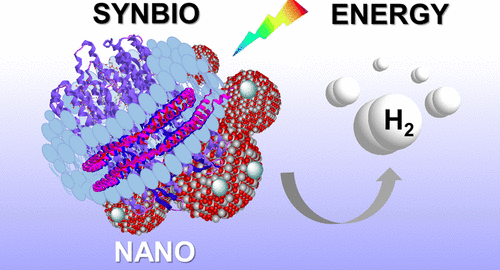Hydrogen would be a wonderful fuel if it were easy to get and easy to use. It makes up 90 percent of all atoms in the universe, equal to about 75 percent of all the mass. Hydrogen has been expensive to obtain because quite often its extraction from other matter entails using expensive catalysts such as platinum. Russia and America Team Up to Get Cheap Hydrogen Scientists from the Argonne National Laboratory in Illinois, working with researchers at the Moscow Institute of Physics and Technology (MIPT) and in Jinan, China combined efforts to produce hydrogen using sunlight and photosensitive lipids. We associate lipids with getting blood drawn at the clinic, and waiting patiently to see how our cholesterol and triglycerides are doing. Lipids are water insoluble fats, and are a key to this inexpensive method of extracting hydrogen. Using titanium dioxide as a photocatalyst, the teams “inserted a photosensitive protein into nanodiscs — made from circular fragments of cell membrane …
Making Algae More Productive
The Blog has looked at several algae-to-fuel manufacturers in its postings, and the U. S. Energy Department’s National Renewable Energy Laboratory (NREL) in Golden, Colorado adds its name to that growing list, but not in the usual commercial way. NREL claims to have developed a “unique bioreactor,” otherwise known as their Simulated Algal Growth Environment (SAGE) reactor, which controls light and temperature to test different strains of algae and simulates various locations in the United States where particular spores would be most prolific. NREL’s hope is to use SAGE to “produce algae that could someday compete with renewable diesel, cellulosic ethanol, and other petroleum alternatives as transportation fuel.” “It does so by revealing the intricate biochemical rearrangements that algae undergo when grown in different locations in the United States. The bioreactor has also demonstrated that algae grown in ideal climates and given the optimal amount of nutrients can produce not just lipids, but proteins and carbohydrates that can be …

